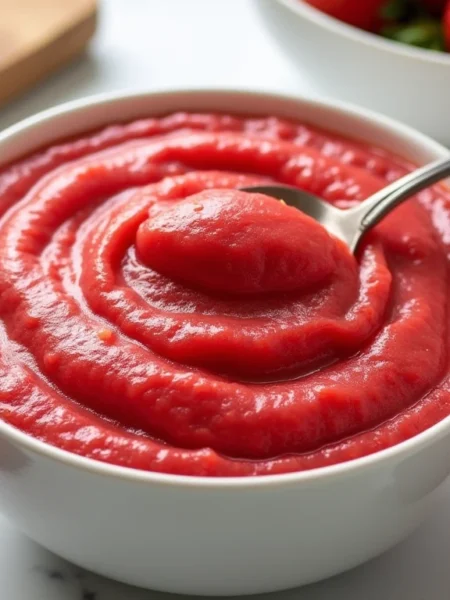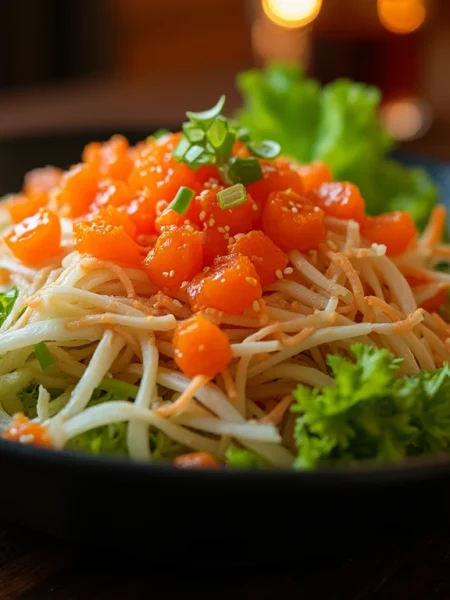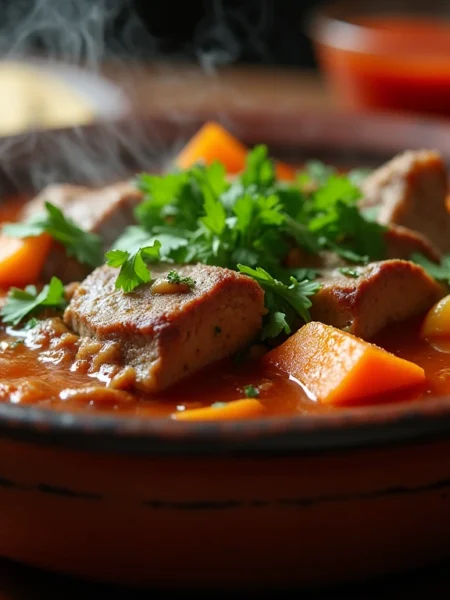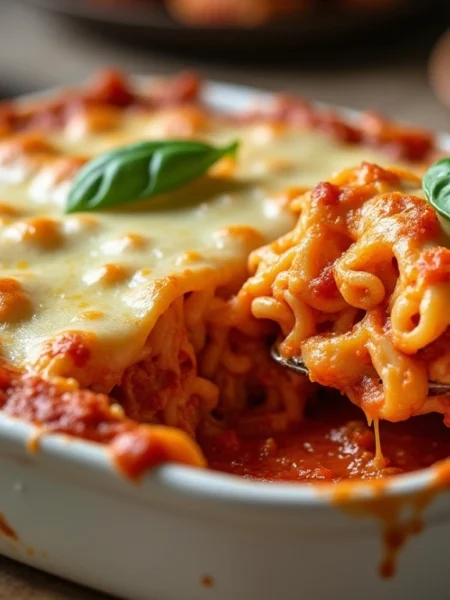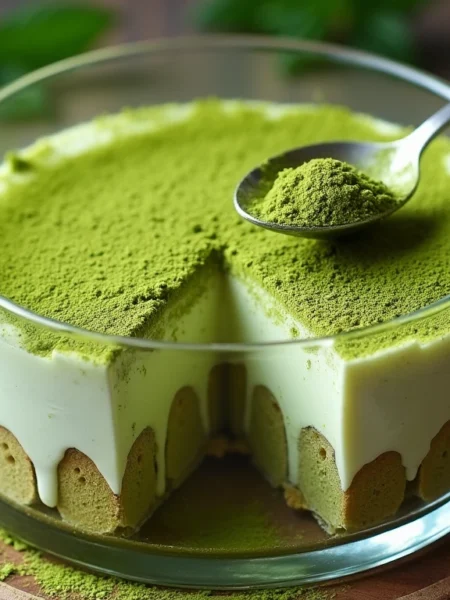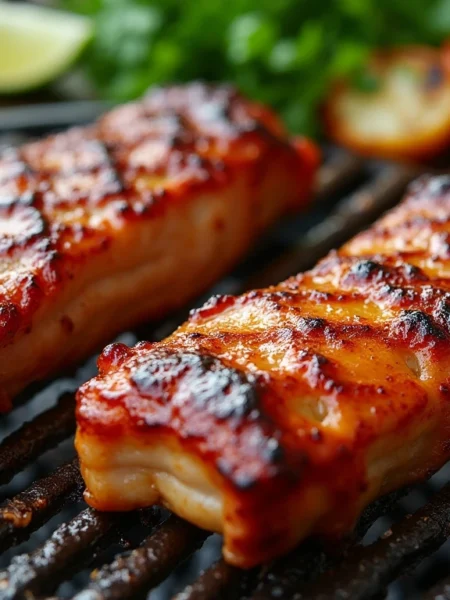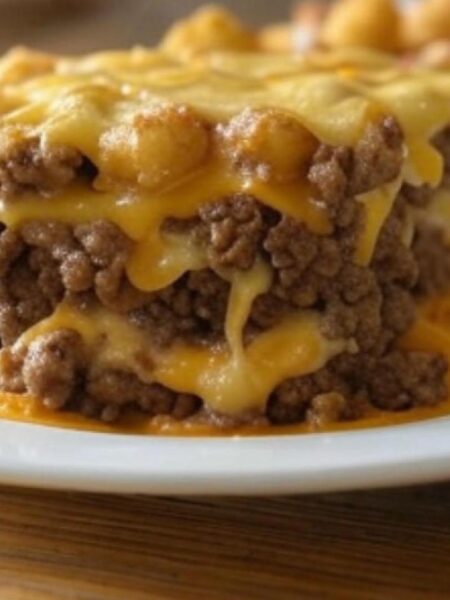What Is Orecchiette(delicious)?
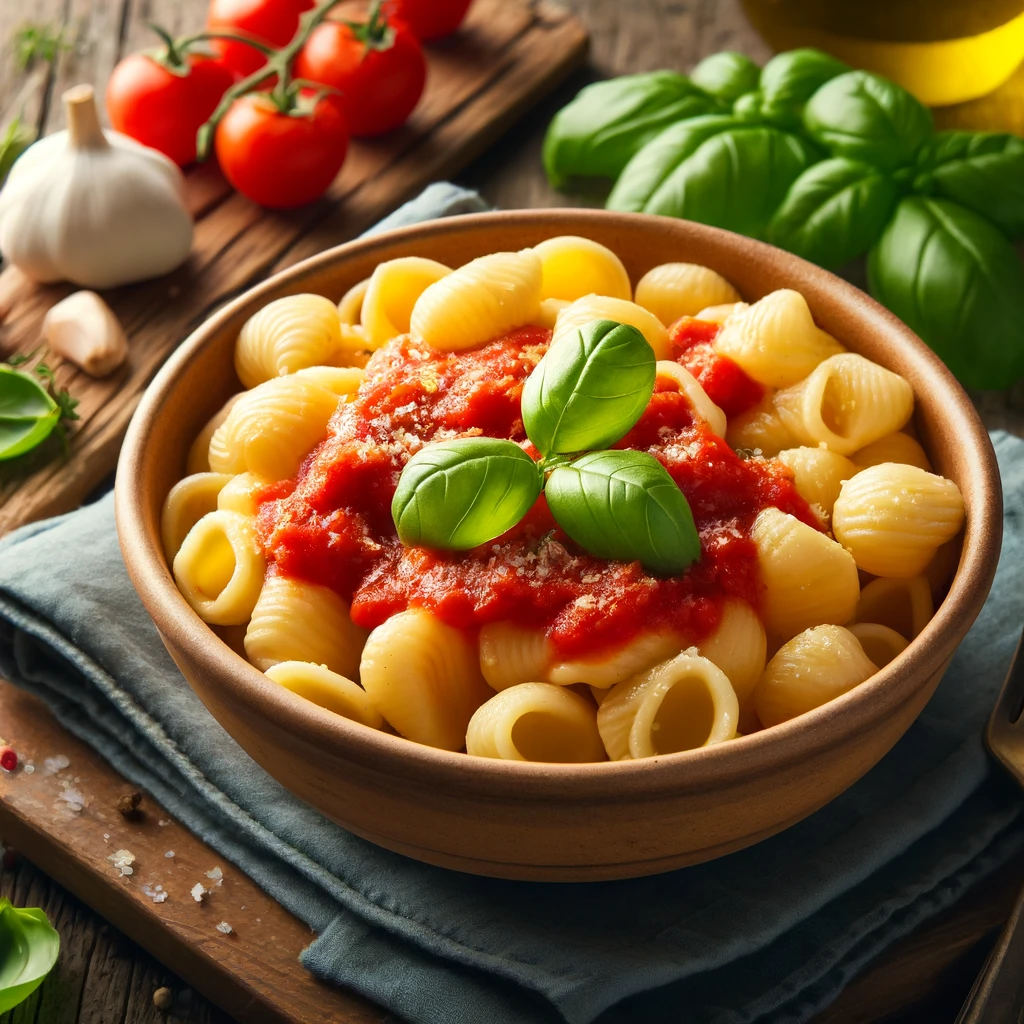
What Is Orecchiette(delicious)?
Description
Orecchiette

What is Orecchiette?
Orecchiette (pronounced oh-reck-ee-ET-tay) is a unique type of pasta originating from Puglia (Apulia), a region in southeastern Italy that forms the heel of Italy's boot. This pasta gets its name from its distinctive shape, which resembles small ears, hence the meaning "orecchiette" or "little ears." While it is often sold in dried form, orecchiette is best enjoyed fresh, though making it by hand is challenging due to its unique shape. Traditionally, orecchi-ette is served with a simple tomato sauce in Puglia, but it pairs well with various ingredients and is ideal for chunky sauces.
Characteristics of Orecchiette
This pasta is small, less than an inch in diameter, and has a slight dome shape. The thinner center and thicker rims create an appealing texture—soft in the middle and chewier around the edges. Orecchi-ette’s shape and texture make it versatile in different dishes, particularly when paired with hearty sauces.
How Orecchiette is Made
Making orecchi-ette at home can be tricky and requires practice. The dough is rolled into thin ropes and cut into thumbnail-sized pieces. Each piece is then shaped by spreading it across the surface with a knife in one motion, followed by flipping it with the thumb to create the signature dome. Freshly made orecchi-ette has a handmade appearance, in contrast to the uniformity of store-bought pasta.
Buying Orecchiette
Orecchi-ette is available both fresh and dried, with dried options sold by most major pasta brands in both small and large sizes. It’s important to check the expiration date on dried orecchi-ette to ensure freshness, as older pasta may not cook well. Despite its unique shape, orecchi-ette is priced similarly to other common pasta types. It is frequently served with broccoli rabe and sausage or with other chunky meat and vegetable sauces.
How to Cook Orecchiette
To cook both fresh and dried orecchi-ette, bring a large pot of salted water to a boil. Fresh orecchi-ette should be added to the water and stirred. The cooking time for fresh pasta depends on how dry it is, usually taking about five to seven minutes until it rises to the surface. Dried orecchi-ette typically cooks in nine to 12 minutes, with the shorter time producing al dente pasta. Always check the packaging for more precise instructions. After cooking, drain and serve with your preferred sauce.
Varieties of Orecchiette
The most common type of orecchi-ette is made with durum wheat semolina, though whole wheat versions are available, usually in dried form. Organic orecchi-ette can also be found in select stores. While fresh orecchi-ette is less common, it may be available at specialty Italian markets and should be consumed quickly for the best taste.
Substitutes for Orecchiette
If you can't find orecchi-ette, other pasta shapes can work as substitutes. Since orecchi-ette’s cup-like shape holds sauces, vegetables, and meats well, pasta with similar characteristics is ideal. Good alternatives include penne (preferably the smaller mezze variety), farfalle (bowties), fusilli (corkscrews), or conchiglie (small shells).
Orecchiette Recipes
Orecchi-ette is traditionally served with simple tomato sauce or with small meatballs in Puglia. It also pairs well with vegetables like broccoli or broccoli rabe and works with chunky sauces. You can also substitute orecchi-ette in recipes that call for penne, such as:
- Orecchiette With Simple Tomato Sauce
- Vegan Lemon Pasta With Pine Nuts and Broccoli
- Pasta With Asparagus, Pancetta, and Cherry Tomatoes (substitute orecchi-ette for the penne)
Handpicked Recipes
